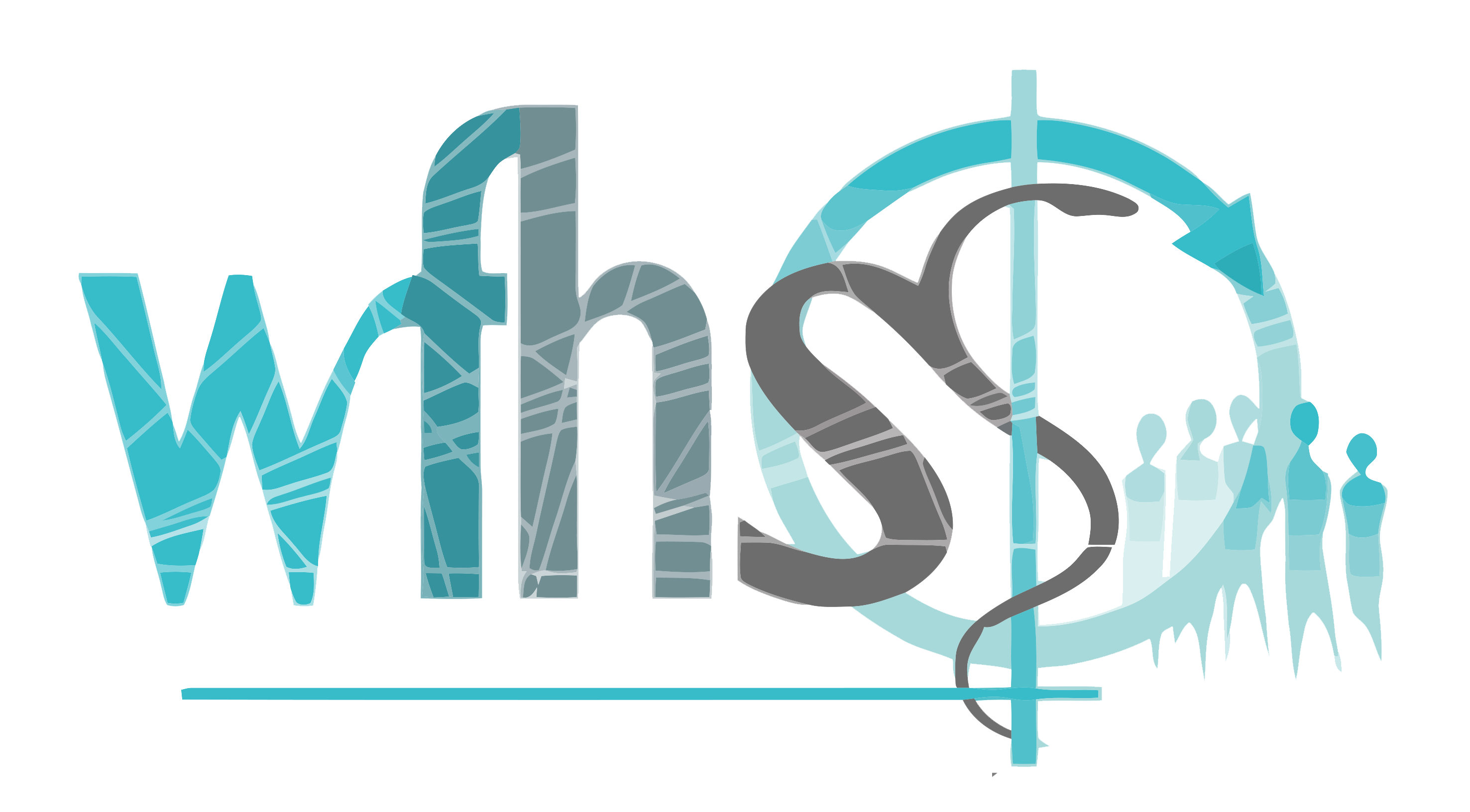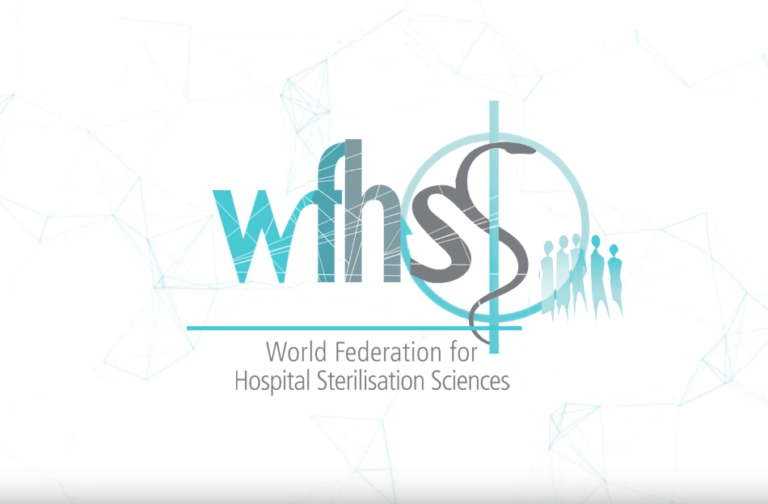定义
复用医疗器械
在本指南中,复用医疗器械(RMD)是指: -由医疗器械制造商规定的非一次性使用的物品。 . 由医疗器械制造商指定或预期适合使用后再处理的医疗器械。 一次性医疗器械的再处理不属于本指南的范围。 医疗器械法规因地区而异。在部分地区,某些物品可能不会注册为医疗器械。
灭菌
灭菌的目的是使复用的医疗器械(RMD)没有存活微生物。
职业健康和安全
OHS(职业健康和安全)涉及工作场所中健康和安全的所有内容,并高度重视危害的初级预防(世卫组织:2016)
斯波尔丁分类
斯波尔丁分类将接触完整皮肤的RMD定义为非低风险,与粘膜接触时为中风险,进入无菌体腔时为高风险。处理要求随着使用过程中所涉及的风险水平的增加而增加。
使用现场处理
在复用医疗器械的使用地点(即手术部或护理单元)进行的处理操作
保养
所有技术和相关管理措施的组合,旨在使设备保持能够实现所需功能的状态,或使其恢复到这种状态 (ISO 17665: 2006)
水质
用于RMD清洁、消毒、漂洗和蒸汽灭菌的水的化学、物理、生物学和放射学特性。
空气质量
用于干燥目的的环境空气和压缩空气的纯净度
固化属性
已知到一些灭菌,清洁和消毒配方有利于蛋白质(包括朊病毒)在RMD表面的粘附和形成抗力。
朊毒体
朊毒体是一种小的有感染性的蛋白质单位,出现在多种神经退行性疾病中,包括牛海绵状脑病、克雅氏病和痒病。它们来源于一种正常的身体蛋白质,这种蛋白质会发生不可逆的错误折叠,并主要在中枢神经系统中增殖。
国际标准
就本指南而言,国际标准是指ISO或CEN等国际标准化组织发布的标准或指南。
复用硬质容器
可重复使用的刚性无菌屏障系统(ISO 11607-1 2018)
包装
包装的目的是保持复用医疗器械(RMD)在使用之前的无菌性。
标准操作流程
SOP是描述如何一步一步执行某一常规行为的书面指引。SOP的目标是获得效率,输出质量和性能的一致性,同时减少沟通错误和不满足行业法规。
质量管理
质量管理包括组织用来指导、控制和协调质量的所有活动。这些活动包括制定质量方针和设定质量目标。它们还包括质量计划、质量控制、质量保证和质量改进。 在本指南中,质量管理章节包括对过程方法、绩效评估、风险和不合格管理、文件管理和可追溯性的描述
常规控制(或日常测试)
常规控制是定期进行的技术操作,以确保设备或过程的运行性能保持在确认期间建立的限制范围内(ISO 11139: 2018)
培训
就本指南而言,培训是指对与任务相适应的理论、实践技能和行为方式的获取,且获得认证。根据需要,定期评价和更新人员技能。
可追溯性
可追溯性是指通过记录的识别数据,追踪物品(产品、零件、材料和服务)的历史、应用、使用和位置或其特征的能力。
废物管理
废物管理包括管理废物所需的所有活动和行动,包括收集、运输、处理和处置废物,以及废物管理过程的监测。器械再处理的废物有固体(即一次性包装、洗涤剂或消毒剂空瓶、清洁刷、可能的锐器)、液体(即清洁、消毒、漂洗溶液)或气体(即灭菌、清洁或消毒废气)。废物可能是无害的、有传染性的或有毒的。废物管理法规限制对环境的影响和保护员工。废物管理规范因国家而异。
过程确认
过程确认是指通过客观证据,建立一个过程能始终如一地产生符合其预定目标的结果或产品。流程确认适用于RMD再处理从使用现场处理到存储的所有步骤。当设备在使用时,确认包括安装鉴定(IQ)、运行鉴定(OQ)和性能鉴定(PQ)。 过程确认在新流程或新设备实施或使用前进行(初始确认)。再确认应定期进行(通常每年)或在导致完整或部分再确认的事件(过程变更、设备维护)之后进行。
存储
运输包括: . 将污染的复用医疗器械从使用地点转运到再处理的地点, 和 . 将灭菌或消毒的RMD转运到使用地点。
存储
有包装保护的无菌医疗器械可以存储在专用区域,直到使用或到期为止。
风险分析
风险分析包括识别和分析可能对给定过程产生负面影响的潜在问题。风险分析包括对后果和可能性的评估。优先解决后果越严重、发生可能性越高的问题。
再处理设施
再处理设施是指再处理RMD的空间。它可以是一个集中的灭菌部门,有专门的区域用于灭菌过程的每一步,或者是一个清洁和消毒的房间。
使用说明书
IFU是制造商为确保产品(包括但不限于复用医疗器械、再处理设备和消耗品)正确和安全使用而提供的指引。RMD制造商的IFU包括再处理说明。
内毒素
内毒素是革兰氏阴性细菌细胞壁的脂多糖成分,具有热稳定性,并在动物和人类中引起各种炎症反应(ISO 11139: 2018)
热原
热原是引起发烧的物质。内源性热原是吞噬性白细胞在外源性热原刺激下产生的低分子量蛋白质。外源性热原是由细菌内毒素和其他微生物产物如抗原、抗体复合物、病毒产生的
生物膜
生物膜是含有细菌和细胞外基质的生物质。它紧紧地粘附在RMD的表面上,可防止细菌接触到消毒因子。
外包
就本指南的需要而言,外包是指医疗保健机构雇用另一个组织执行部分或全部复用医疗器械再处理任务的过程。该组织可以是另一家医疗保健机构、共享的再处理单元或私人的服务公司。这些服务可以在医疗保健机构内执行,也可以外部化。
非终末灭菌
非终末灭菌是指产品没有在无菌屏障系统内进行灭菌,因此在灭菌周期结束后不能避免不受环境和后续处理的污染。
终末灭菌
产品在其无菌屏障系统内进行灭菌的过程(ISO 11139: 2018)










